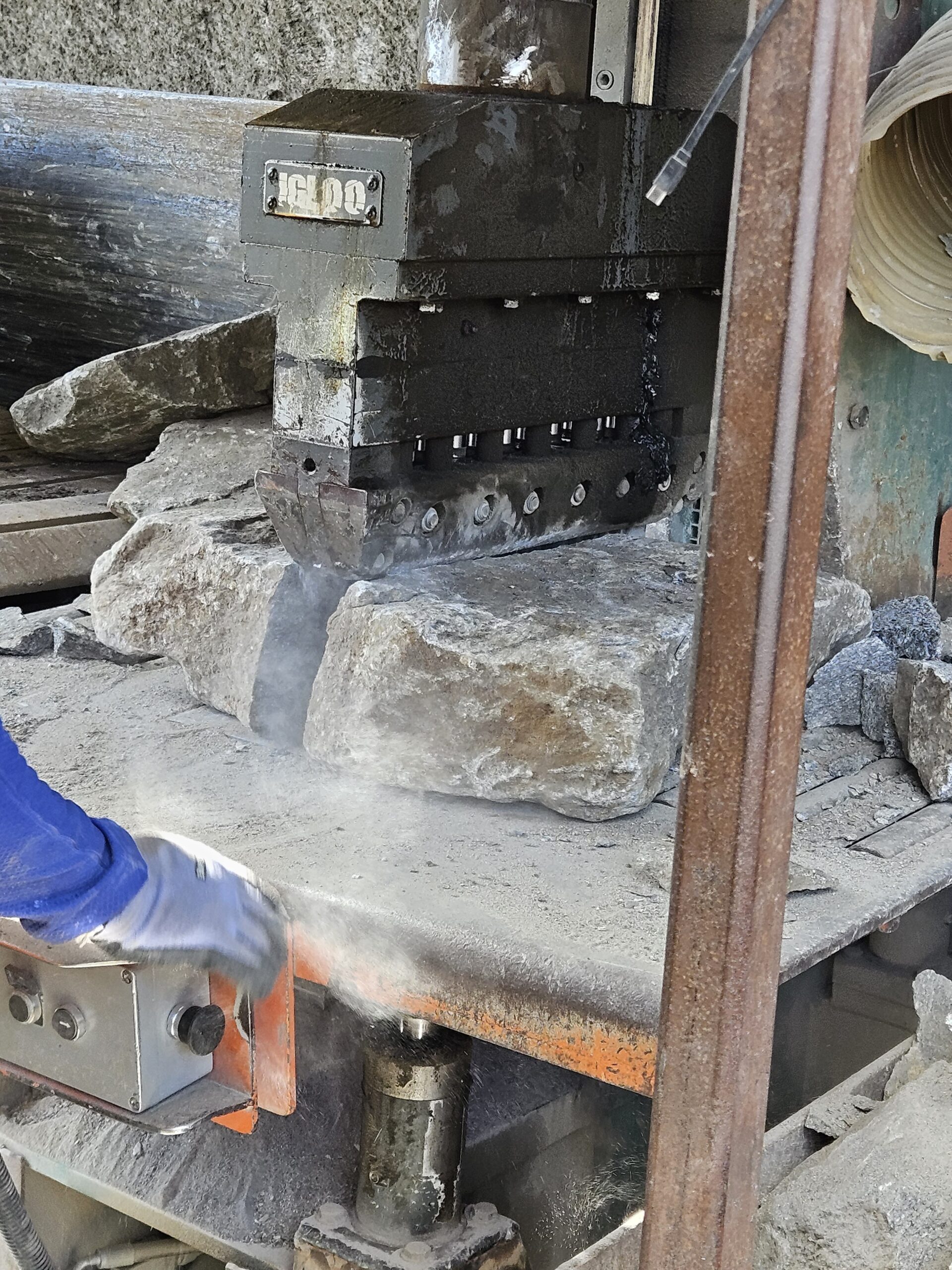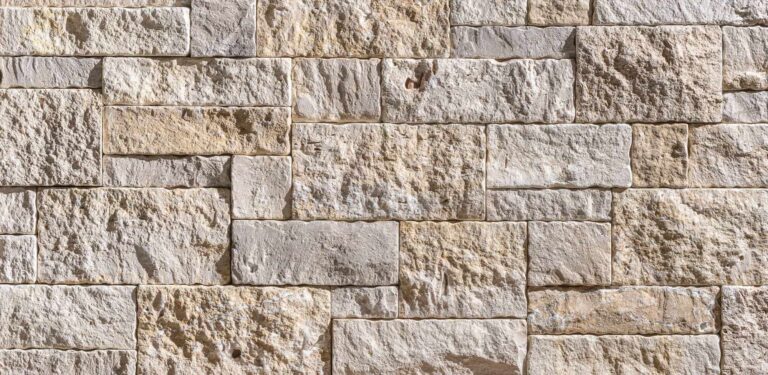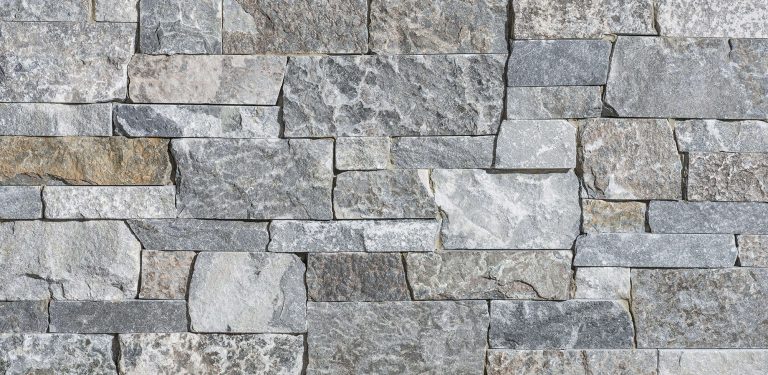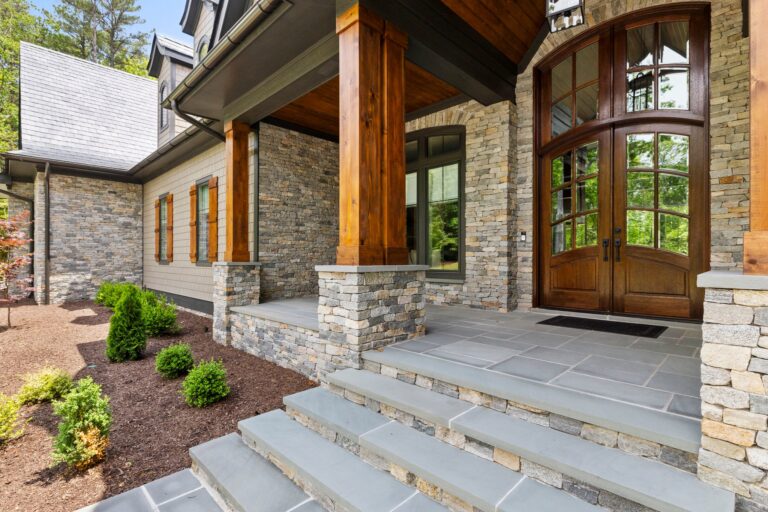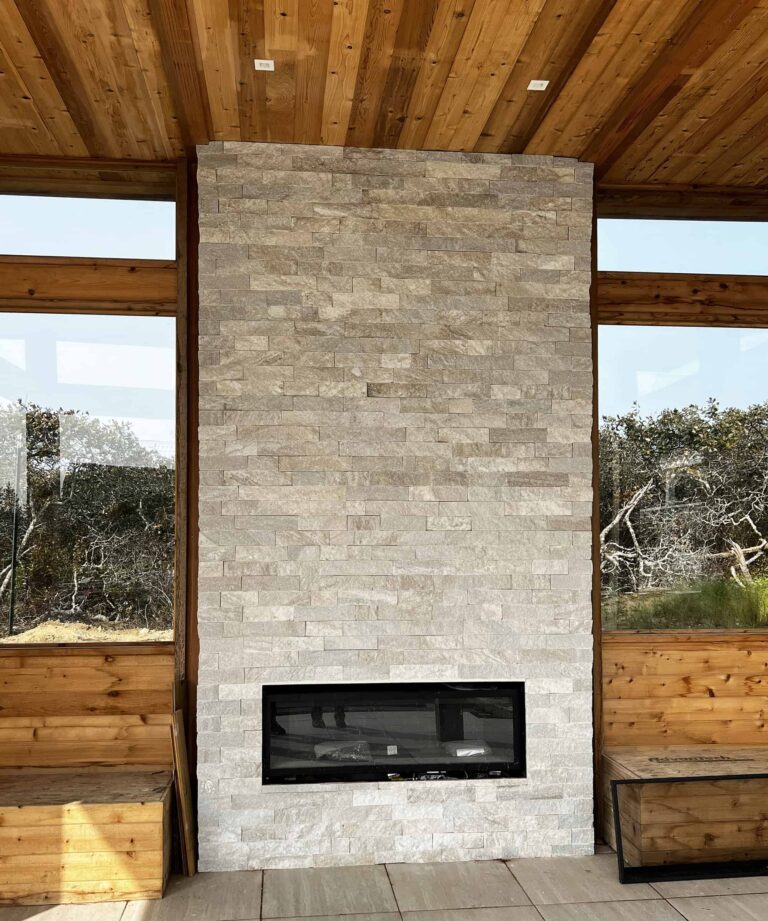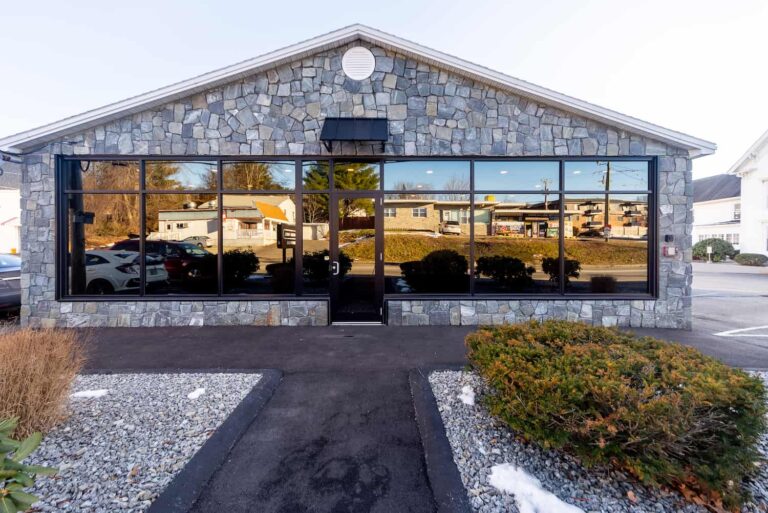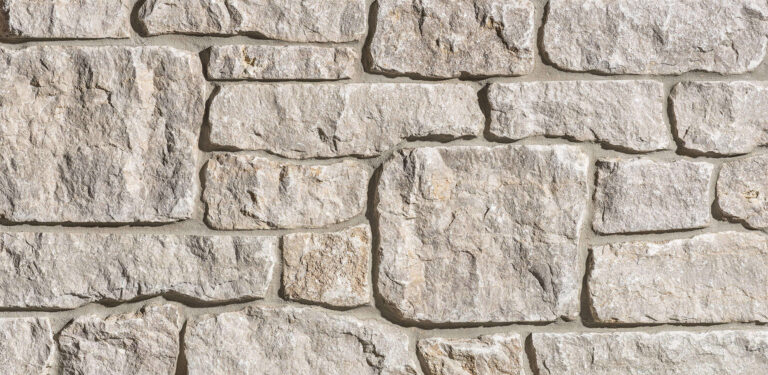What is New England Fieldstone?
There’s a history behind every one of our natural stone products. We source local material like New England Fieldstone for its historic appeal, unique characteristics, and versatility. Its composition has captured the hearts of many who favor a rustic aesthetic and the timeless beauty of natural stone.
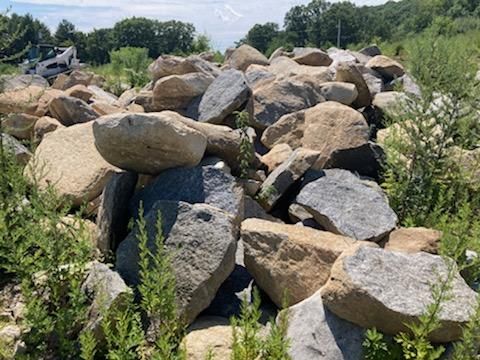
How is New England Fieldstone Created?
New England Fieldstone is an igneous rock, meaning it is formed by the cooling and solidification of magma below the Earth’s surface. In many cases the magma comes from partial melts of existing rocks in the mantle or crust of the Earth.
Fieldstone is a mixture of granite and a dense quartzitic stone. Granite comes from large formations in the ground called quarries. Dense quartzitic stone is a product of glacial till, deposits of stone leftover from the melting of glaciers.
Where is New England Fieldstone Found?
Throughout history, farmers in New England would go to tend their fields and find stones that had risen to the surface from thawing and freezing. They’d remove the stone and stack it into stone walls surrounding the borders of their fields. Today, we source New England Fieldstone from those same farms and fields.
What is the Color Range of New England Fieldstone?
Part of the appeal of New England Fieldstone is its wide variety of colors. Stones can range from beige and dark brown tones to light gray, dark gray, or even black. Each stone is unique due to its mineral composition. Depending on the mineral deposits, there may be hints of green, white, or pinks found in fieldstone.
How is New England Fieldstone Repurposed?
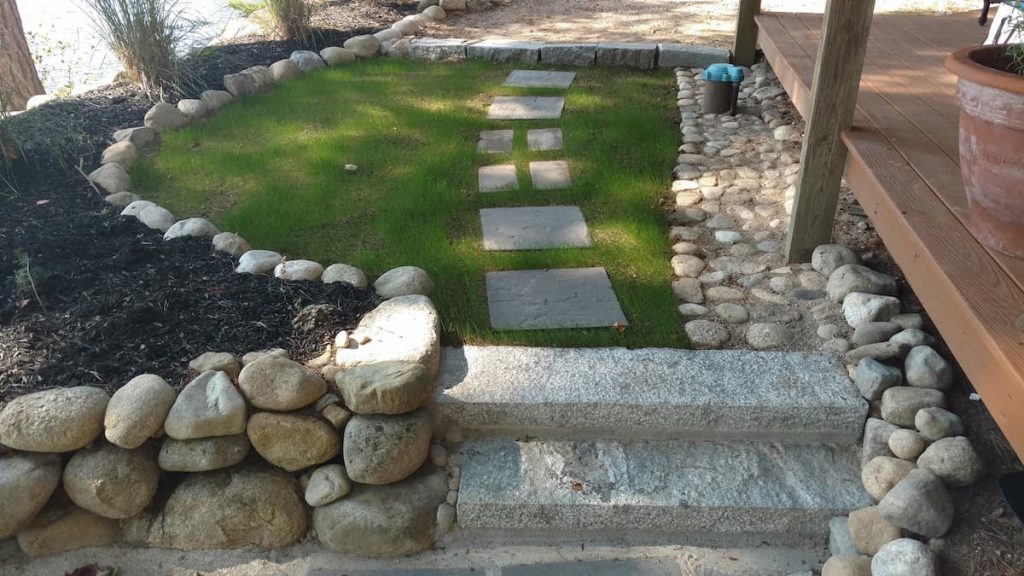
As previously mentioned, fieldstone was historically used to create stone walls, fences, and borders. Farmers would even use the excess stone from their fields to build pens for animals.
Fieldstone can vary by shape, which allows it to serve multiple purposes. Flat pieces of fieldstone can be used in many landscaping applications including stonewalls, flagging, stepping stones, and patios. Larger stones are often used as decorative boulders or for property delineation.
New England Fieldstone in Boston Blend
We source New England Fieldstone to create our Boston Blend Thin Stone Veneer. The fieldstone is sorted, to create the five shapes of veneer that we offer.
- Our Round veneer is sorted and then cut into thin veneer
- Our Mosaic veneer is sorted, split, and cut into thin veneer.
- Our Square and Rectangular veneer is split using the seam of the stone, and then cut into thin veneer.
- Our Ledgestone and Ashlar veneer is split using the split face of the stone, and then cut into thin veneer.
Why Choose New England Fieldstone?
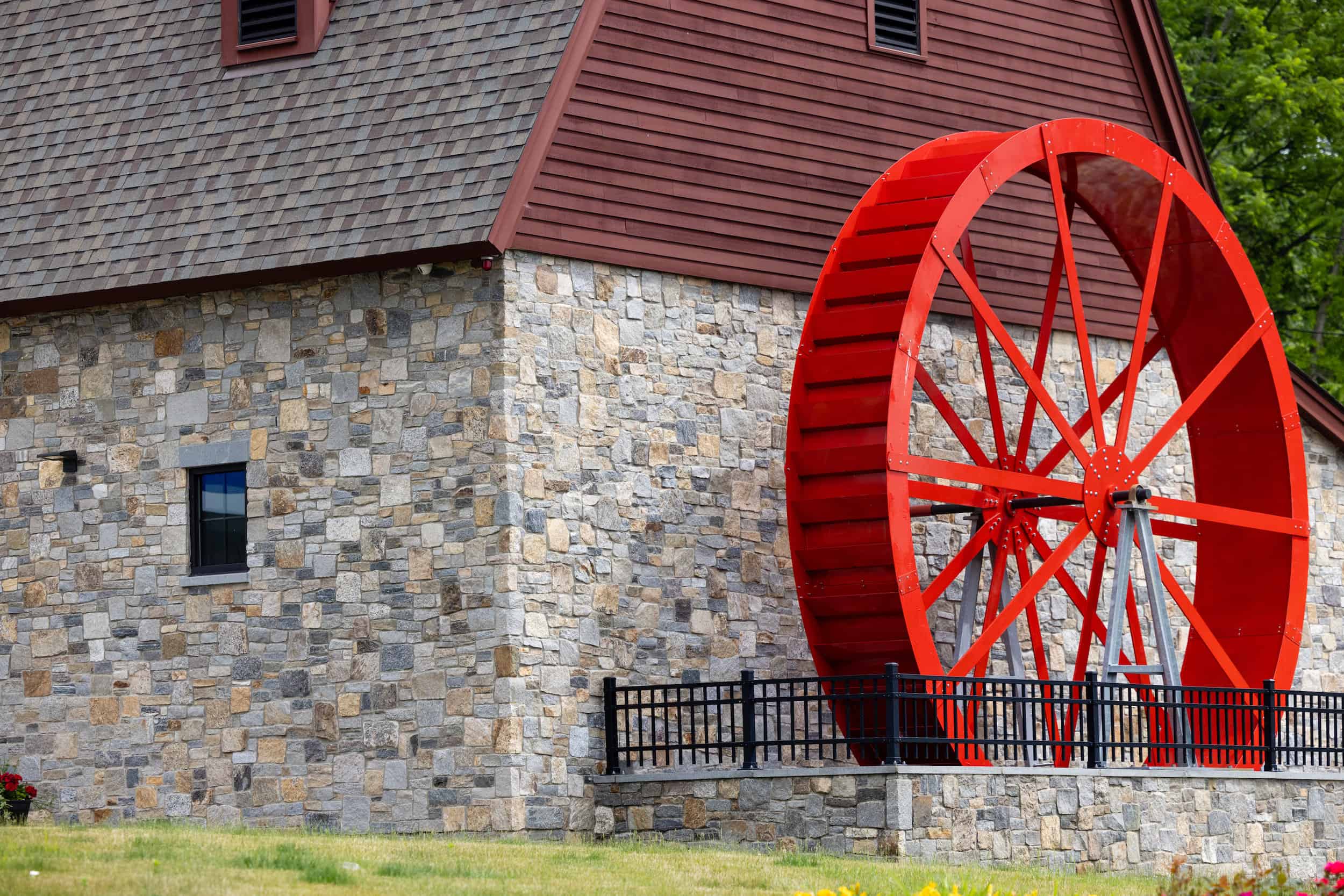
We chose New England Fieldstone for our Boston Blend Thin Stone Veneer due to its strength, durability, and its timeless beauty. Because fieldstone is an igneous stone, it means the stone has endured the pressure of both heat and the collision of minerals. The layers of the stone were melted together which leaves little room for voids. This means the stone is durable and able to withstand pressure and the impact of the elements. We call this “Harsh Climate Approved”.
The beauty of New England Fieldstone is evident. The color variety and aged look of the stone gives it that rugged look commonly found in rustic aesthetics. It’s long-lasting and can add a piece of history to any home or commercial design.
